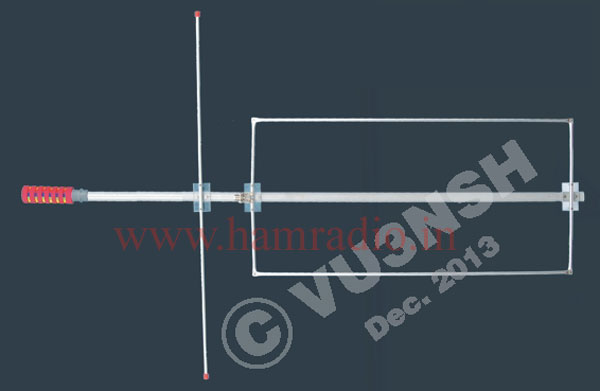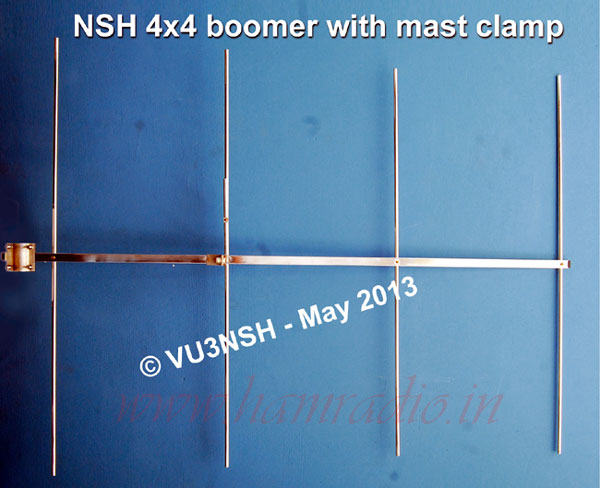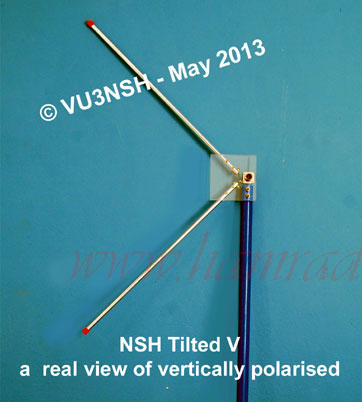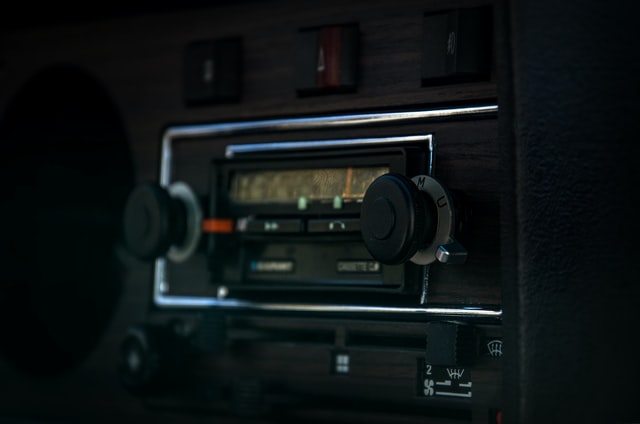Updated on 23/11/2005
Any of your friend or SWL told you that he want a FCL meter? Here is that interesting project which helps us to measure over a wide range Frequency also Inductance and Capacitance of electronic components and resonant frequency of Crystals with high accuracy, with the cost of an ordinary frequency counter. About this project, it is not my design, not my program and nothing & nothing. I am just introducing an interesting project on the web to you all. Here I assembled it and found working nicely and helpful, so thought to publish it here. But anyhow I have added a little more facilities in the software and wiring to make it user friendly, more compact & helpful to a home brewer. The basic design you can download from members.optusnet.com.au/frankwinter. The construction possesses minimum sizes say about 2.5cm x 8cm” x 12cm, less weight and components that allow to use our operations on roofs, support and in field conditions.
Characteristics
- AUTO RANGE selection for Capacitance and inductance with 1/100 resolution.
- AUTO SELF-CALIBRATION at power ON to avoid problems with stray Capacitance and inductance of test probe & PCB tracks.
- Measuring frequency limit extended from units of a Hz, up to 30 MHz
- Nearly 2% accuracy.
- THE MODE "C"; can be selected after calibration by pressing S1 to "C"; and unit displays "Capacitance"; XXXX xF.
- THE MODE "L"; becomes active at pressed S1 to "L";. The input in a mode of double calibration (for inductance more than 10mh) occurs at any change of position S5, thus besides inductance the own capacity of the measuring inductance that can be very useful is also displayed. On the display it is displayed "Inductance"; XXXX xH.
- THE MODE "F"; is for measuring input frequency from an external source and mode "X"; is for measuring Crystal resonant frequencies which is very useful to select Crystals required for Ladder filter and other things, and we can take the unit to the shop itself for selecting our X'tals.
- Minimum components and only one selection switch which helps to assemble to unit easily.
Disadvantage:- The error increases with growth of active resistance; for compensation of influence of own "parasitic"; capacity there is a function of correction of indications and mappings of value of this capacity. For small-sized spools with the big active resistance (more than 20 Ohm) and closed magnetic loop without a split the error essentially increases.
A principle of operation
In a mode of the frequency meter the instrument works on widely known method of measurement as the PIC-micro controller counts the number of oscillations, in unit of time and displays on an LCD. For measuring crystal resonant frequency, the crystals are put in an oscillator and the oscillator frequency is measured. It is very useful to have this feature to select Crystals of same frequency for ladder filter and similar purpose.
At measurement inductance and capacitance the instrument works by the resonant principle and is described here briefly. The measured unit switches on in a tank circuit with the known parameters, included in the measuring generator. On change of generated frequency under the well-known formula f=1/4?2LC required value settles up. For definition of own parameters of an outline the known additional capacity is connected to it, under the same formula inductance of an outline and his capacity, including constructive are calculated.
The given method with reference to operations has the essential disadvantage consisting in increase of an error at measurement big (more than 10mh) inductance with significant own capacity (ie; stray capacitance). Instrument readings can be in that case overestimated at 2-10 time. Function of definition of own "parasitic"; capacity and recalculation of inductance is applied for elimination of this disadvantage by the author within the registry. For this purpose calibration is carried out at the on-line measured inductance. Further there is a calculation and mapping of "correct"; inductance and its "own"; capacity, which accuracy of measurement about 2 to 10%. The given method also is not ideal because of allocation of "own" capacity between measured and measuring inductance that noticeably appears at their commensurable values. If measured inductance more than 10mh, i.e. In 100 times more a measuring spool of the generator (100 mh here) this influence is insignificant.
Schematic diagram, Details and a construction
You can download the whole details (schematics, PCB design, construction notes and hex file for programming PIC16F84A) from here. A PCB design and more photographs by Nele are available here. This much is required for you to assemble the unit I hope. Your questions and comments on this project may be put to the Forums on this web.
73's
VU3WIJ / Shaji. P. B




